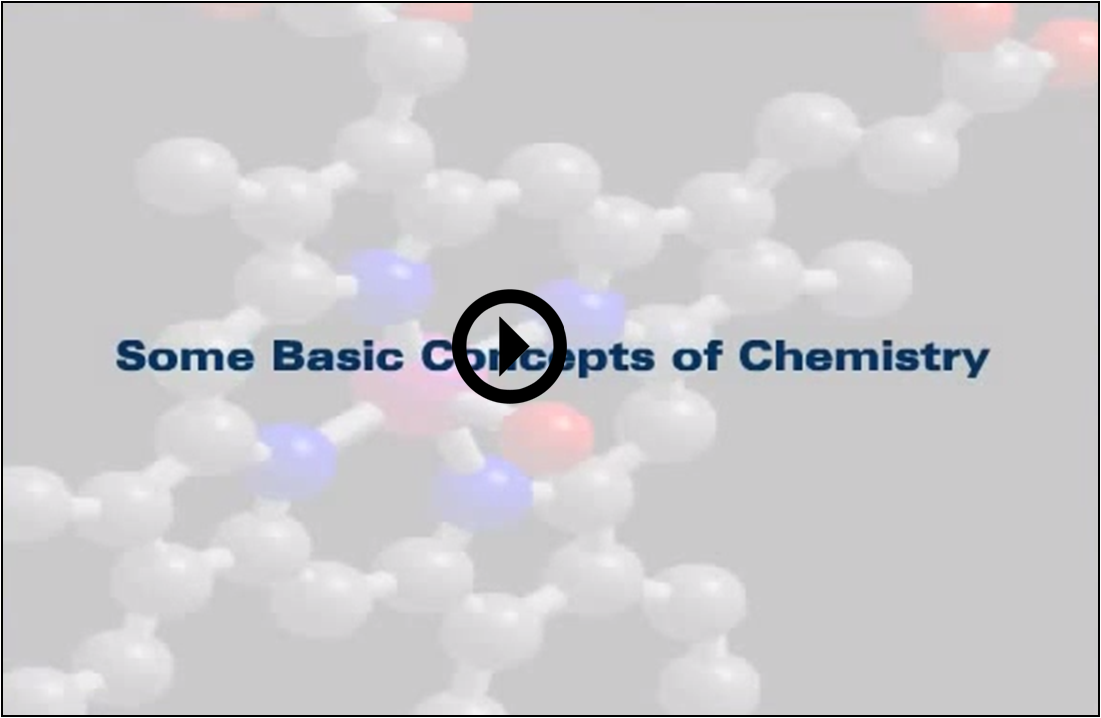Understand Exothermic and Endothermic Reactions. Click on the Link to Watch the VIDEO explanation:
Watch Video
Reactions that release heat are call exothermic reactions. Reactions that absorbs heat are called endothermic reaction. Lighted candle and firecracker are example of exothermic reaction. They release heat due to chemical reaction taking place in them. Evaporation of water from any water body is due to absorption of heat. The blue coloured hydrated copper sulphate decomposes to white anhydrous copper sulphate and finally to black copper oxide on continuous heating. Such reactions that require heat energy are called endothermic reactions. Combustion reactions are exothermic reactions. Click on link. When a small piece of carbon heated to red hot and introduced in a jar with oxygen it catches fire and burns liberating CO2 and Heat. When phosphorous after heating in introduced in a oxygen gas jar it catches fire and burns with dense fumes liberating phosphorous pentaoxide and heat. You can see water being heated in pan. On heating water converts to steam. Graphite, an allotrope of carbon can be converted to diamond by heating graphite under very high pressure. This is an endothermic reaction. The differences between Exothermic and Endothermic reactions are listed here
Watch Video
Reactions that release heat are call exothermic reactions. Reactions that absorbs heat are called endothermic reaction. Lighted candle and firecracker are example of exothermic reaction. They release heat due to chemical reaction taking place in them. Evaporation of water from any water body is due to absorption of heat. The blue coloured hydrated copper sulphate decomposes to white anhydrous copper sulphate and finally to black copper oxide on continuous heating. Such reactions that require heat energy are called endothermic reactions. Combustion reactions are exothermic reactions. Click on link. When a small piece of carbon heated to red hot and introduced in a jar with oxygen it catches fire and burns liberating CO2 and Heat. When phosphorous after heating in introduced in a oxygen gas jar it catches fire and burns with dense fumes liberating phosphorous pentaoxide and heat. You can see water being heated in pan. On heating water converts to steam. Graphite, an allotrope of carbon can be converted to diamond by heating graphite under very high pressure. This is an endothermic reaction. The differences between Exothermic and Endothermic reactions are listed here

























